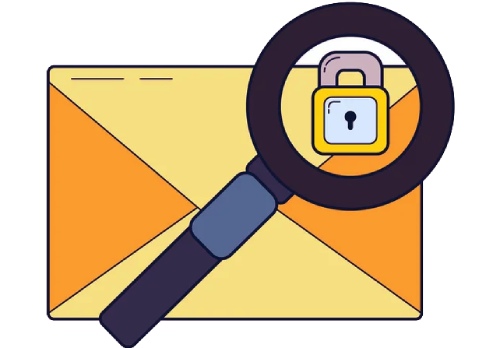How To Perform A DKIM Record Check For
Email Security
Email Security
Ensuring email security is vital in today's digital communication landscape, and one of the primary authentication methods is DomainKeys Identified Mail (DKIM). This mechanism helps thwart email spoofing and phishing attempts by appending a digital signature to messages. This signature enables recipients to confirm that the email originated from a legitimate source and that its content remains unchanged during transmission. To verify that DKIM is set up properly and operating correctly, it’s important to conduct a DKIM record check.
This guide will outline the procedure for carrying out a DKIM record check, discuss its significance, and offer resources and troubleshooting advice to support a secure email environment. Check out the DuoCircle for gaining further insight.
What is a DKIM Record?
A DKIM record is a type of DNS TXT record that holds the public cryptographic key necessary for verifying email signatures. This record is made available in the DNS configuration of the domain and operates alongside the private key that is used to sign emails being sent. Upon receiving an email, the recipient's mail server accesses the DKIM record from the sender's domain to check the validity of the signature.
Importance of DKIM Record Verification
- Verify the legitimacy of emails
- Safeguards against fraudulent emails and phishing schemes
- Boosts the likelihood of successful email delivery
- Strengthens the credibility and trustworthiness of the domain

Steps to Perform a DKIM Record Check
Step 1: Retrieve Your DKIM Selector
A DKIM selector serves as a distinct marker for a DKIM key, allowing for the identification of various keys associated with a specific domain. To locate your selector, refer to the documentation provided by your email service or look into the email authentication settings of your domain.
Step 2: Locate the DKIM Record in DNS
To verify your DKIM record, navigate to the DNS settings provided by your domain registrar or hosting service. The usual format for DKIM records is:
selector._domainkey.yourdomain.com
Make sure to substitute "selector" with the specific DKIM selector that your email service uses.
Step 3: Use a DKIM Record Lookup Tool
There are various web-based tools available for verifying your DKIM record:
- Google Admin Toolbox (available for Google Workspace users)
- MXToolBox DKIM Lookup
- DKIMCore.org DKIM Checker
- NSLookup.io DKIM Checker
To obtain and confirm your DKIM record, simply input your DKIM selector along with your domain name into one of these tools.

Step 4: Verify the DKIM Record Format
An appropriate DKIM record consists of:
- A public key specified by the p= parameter
- The version of the key indicated as v=DKIM1
- The type of key, which is represented as k=rsa
Here’s an illustration of a correctly structured DKIM record:
selector._domainkey.yourdomain.com TXT "v=DKIM1; k=rsa; p=MIGf..."
Step 5: Send a Test Email and Check Headers
Once you have verified that the DKIM record is live, proceed to send a test email to Gmail or another email provider and examine the email headers.
- Access the email and display the complete headers.
- Search for the fields labeled DKIM-Signature and Authentication-Results.
- If the verification is successful, you will see dkim=pass.
Troubleshooting DKIM Record Issues
Issue 1: DKIM Record Not Found
Confirm that the appropriate selector is in use, look for any spelling mistakes in the DKIM record name, and make sure that DNS updates have completely propagated, which may require up to 48 hours.
Issue 2: DKIM Signature Verification Fails
Make sure that the public key in the DKIM record corresponds to the private key utilized for signing, and confirm that the email content remains unmodified post-signing. Furthermore, check that your email service provider adequately supports DKIM authentication to preserve the integrity of your emails.
Issue 3: Multiple DKIM Records Conflict
Certain email service providers create several DKIM records, making it crucial to verify that each one is valid, features a distinct selector, and does not interfere with any others. Furthermore, it’s important to eliminate any obsolete or conflicting DKIM records to uphold the integrity of email authentication.